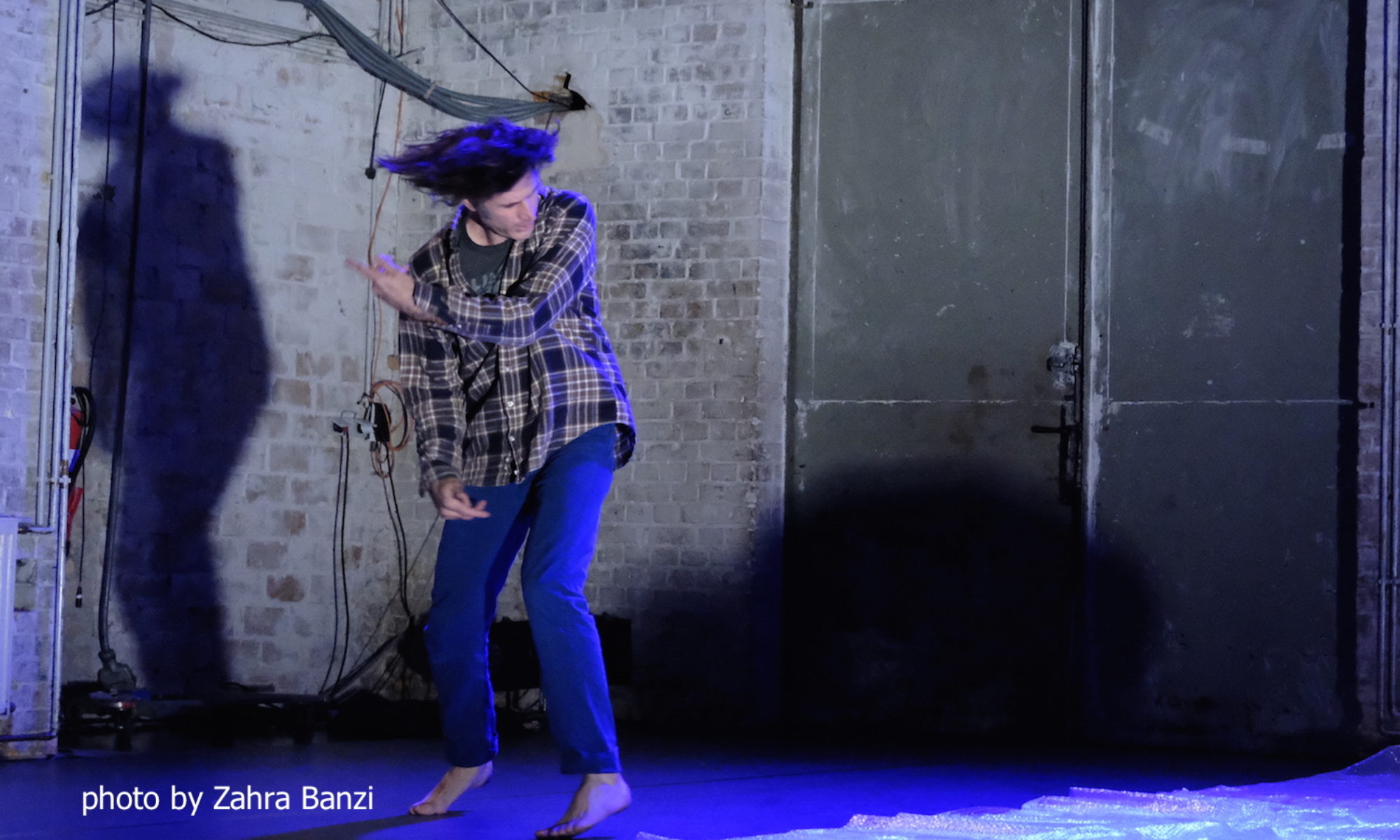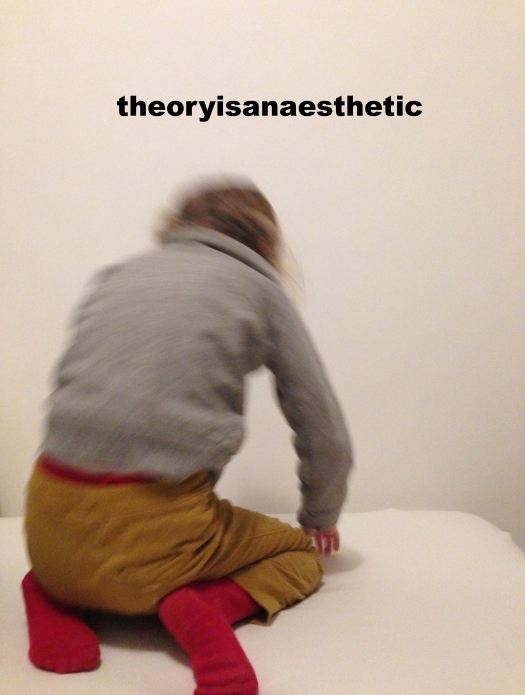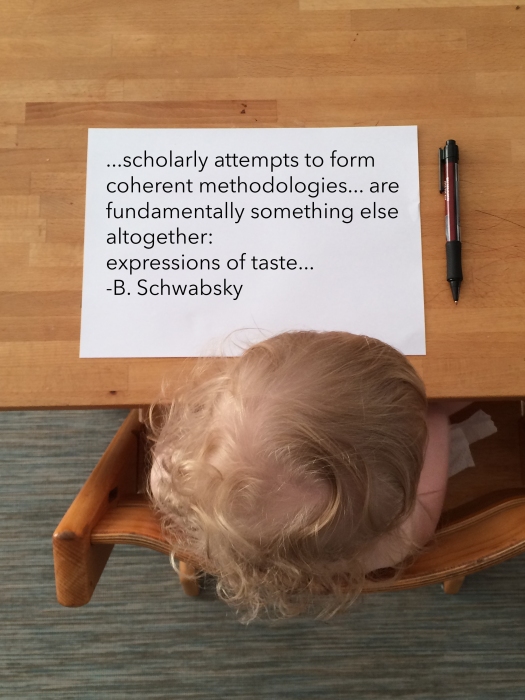composition – what
improvisation – when
aesthetic – how
narrative – why

the philosophy of movement
composition – what
improvisation – when
aesthetic – how
narrative – why


I have spent the past several years trying to articulate the differences of the term logic, tool, and aesthetic. A good friend and colleague has been struggling to understand what I mean by these terms and their boundaries or definitions.
Go here for a some more info on them.
I have tried using movies as a way to define them and explain their functions. Somewhat successful in conversation, but I think food might be a better way to do so.
Take pierogi. They, as written on Wikipedia, “are dumplings of unleavened dough – first boiled, then they are baked or fried usually in butter with onions – traditionally stuffed with potato filling, sauerkraut, ground meat, cheese, or fruit.”
Does this sound like any other foods?
How about a wonton? From Wikipedia- “Wontons are made by spreading a square wrapper (a dough skin made of flour, egg, water, and salt)[1][2] flat in the palm of one’s hand, placing a small amount of filling in the center, and sealing the wonton into the desired shape ” Again a dough outer layer with stuffing. Wontons are usually filled with ground pork and are “commonly boiled and served in soup or sometimes deep-fried.”
Take the Maultasche, or mouth bag, from southern Germany. On Wikipedia it is defined as “It consists of an outer-layer of pasta dough which encloses a filling traditionally consisting of minced meat, smoked meat, spinach, bread crumbs and onions and flavoured with various herbs and spices”
Italian cuisine gives us ravioli(not to mention the tortelloni and tortellini!). Ravioli “are composed of a filling sealed between two layers of thin egg pasta dough“. From Jewish cuisine, we have the kreplach and from Russian cuisine, the pelmeni. The dough of the kreplach “is traditionally made of flour, water and eggs“, while the pelmeni has less egg, if any. There is also the Belarusian kalduny, the Ukranian varenyky, the empanada from the Spanish/Portuguese speaking world, the Romanian/Turkish/Armenian manti, the Mongolian buuz, the Korean mandu (this page has a list of the varieties of mandu), the Tibetan momo, the Uzbekian chuchvara, the Georgian khinkali, which is eaten in an interesting manner, the Circassian mataz, the Indian samosa, the Chinese baozi and the baozi page has a list of all the different types of baozi, which brings me to another point which I will address later. This listing of types of carbohydrate food bags is by no means exhaustive. There are many that I have missed.
The cooking method and stuffing aside, these dishes are a flour based wrapper filled with other food materials. They are more similar to each other than not. Given the range of food in the world, I would say that they are essentially the same thing.
How do the carbohydrate food bags apply to the logic/tool/aesthetic triangle?
The logic of these foods, and food in general for that matter, is nutrition. Food provides energy and material to build or repair cells. More specifically, we could say that the logic of these types of foods is carbohydrate food bags. The tool is the ingredients that make up each kind of carbohydrate food bag. The aesthetic is how those ingredients are prepared. Wontons, for example, are sealed “into the desired shape.”
In terms of savory or sweet as an aesthetic, maultaschen tend to be savory, while kreplachs are sometimes filled with sweet cheese. Other aesthetic variations are fried or boiled carbohydrate food bags. Aesthetic variations also exist in the thickness of the doughs used to create the food bags and in the size. Maultaschen, generally 8-12 cm across, tend to be the largest. There is a version of the baozi, the ‘Dabao (“big bun”),’ which “measuring about 10 cm across, served individually, and usually purchased for take-away” is larger than the xiaobao version, which measure only 5 cm across.
Shape is also a means for aesthetic expression in the world of carbohyrate food bags. Samosas tend to be somewhat pyramidical. Khinkali look like small hot water bags. Ravioli tend to somewhat rectangular; tortellini somewhat curved. Momo are circular and similar to the khinkali but without the long top. Please see the photos below for a few visual examples.
Going back to the baozi. We could refine our definition of logic and say that the logic we want to deal with now is the baozi. The tools are the ingredients that make up the baozi – a steamed bun (carbohydrate) made with yeast filled with meat or vegetables. The aesthetic choices can be sweet or savory. There is the Charsiu bau, which is filled” with barbecue-flavoured char siu pork.” The Kaya-baozi is “filled with Kaya, a popular jam made from coconut, eggs, and sometimes pandanin Malaysia and Singapore.” The Korean mandu also has several variations. The “Saengchi mandu (생치만두),” is “stuffed with pheasant meat, beef, and tofu” and “was eaten in Korean royal court and in the Seoul area during winter.” There is the Mulmandu (물만두). “The word itself means “water mandu” since it is boiled.”
Logic, with relation to carbohydrate food bags, could be defined as fried and savory. This logic would be satisfied by fried meat filled pierogi, gunmandu, and geröstete maultaschen. We could say that we want a logic of roundness within the carbohydrate food bag world. Maultaschen would not satisfy that logic, neither would pierogi, unless you looked down the long axis. Momo satisfy the round logic when viewed from above.
The above examples for logic might seem somewhat murky. But I gave these examples to show tools,aesthetics, and logics are not determined by what something is, but more by how it functions.
The simplest way I know how to define these three terms is as follows –
the logic is why
the tool is what
the aesthetic is how.
Improvisation: bodies manifesting and dissolving dynamic temporal-spatial structures according to aesthetic and physical potentialities and proclivities in a planar arena.
What humanity needs to ingest to survive evolves very slowly. As our ancestors before us, we are still eating proteins, sugars, fats, vitamins, antioxidants, etc to survive. Humanity’s needs in the arts evolve slowly, too. Witness the fact that Greek tragedies and Shakespeare’s plays are still produced. Song of love and loss are recorded still. Instead of using harps, musicians now use laptops and keyboards.
What evolves faster in terms of performance ingestion is the tools used to create the fodder for consumption. New ways of moving, making sound, lighting the performance space, modes of covering and leaving the performing form uncovered evolve faster than what is done with those tools.
Inevitably these new tools are used to in performances that return to the basic needs of the audience. After a deplorably short time, the exploration of the new tools is dropped and their use is co-opted by the need to explore the human condition, to create theater.
In other words, the tools and aesthetics change, but we come back to the same logics again and again and again.
Just as the nutritive needs of human will basically remain static so, too, will the performative needs of humanity. It, therefore, behooves us to investigate the tools themselves and not their use in relation to humanity and the human condition. Only in this way can we expect the arts to evolve
From an email to a friend – (with some additions)
I think that we are not “post” anything, only “pre” what is coming down the pike. I think that “post” implies that whatever we are past, what tools, logics, and aesthetics we explored in the past are over and no longer relevant. But love stories are not gone. Dances about the human condition are still being made. They are not being created with Graham technique, but with release, CI influenced deconstructed ballet choreography. So why if the logic(topic) of the piece is basically the same, but the tool used is post – or contemporary we do not call the piece modern? What criteria are we using to define work – the tools used, the logic expressed, or the aesthetic used?
Every age, -ism, and ide[a]logy that is created doesn’t die out but becomes part of the available pallate(sp?) palette, incorporated in to what people have and can use, expanding the reified world.
We all get hung up in the details as opposed to viewing the relationships among the details. Heidegger, after all, said that existence is defined by relationship to.
(function(d){ var js, id = ‘facebook-jssdk’; if (d.getElementById(id)) {return;} js = d.createElement(‘script’); js.id = id; js.async = true; js.src = “//connect.facebook.net/en_US/all.js#appId=262956197058132&xfbml=1”; d.getElementsByTagName(‘head’)[0].appendChild(js); }(document));
Last night I went to see Nah Dran XXII at ada. Didn’t know anyone on the program, but it is a theater nearby AND I didn’t know anyone on the program. Off I went at 5 past 8. Took me all of 4 minutes to bike to the theater. And found parking right away.
I enjoyed about half of the performance. Most of it, if I just viewed it as cool moves in time and space with some sounds. But after reading the program about how do people connect and trust and does this character want to leave her spot…blah blah blah de#$!@blah…
Anyways that is not what I am here to talk about. Upon reading the program, I was surprised to see a friend was performing. She had been pulled into the performance a week ago due to an injury of another dancer. I enjoyed that piece. It has a fruitful structure. While she and I chatted after the performance, she asked me why I had come to the performance. Did I know anyone in the show or had I seen any of the other performers’ work. I had not, I replied. A look of what I took as surprise came over her face. Why surprise? That I would go see work of people I don’t know?
Regardless of what was going on in her head…it is important for artists to see work. Yes, we all know this, but I think that we forget it. And I would venture to say that it is more important to go see work by people we don’t know and aren’t friends with. *** Birds of a feather flock together, so your friends probably have similar interests in performance, whether in tool, aesthetic or logic (2 out of 3 at least, another ventured guess). And seeing work by people unknown to you will broaden your horizons.
I have heard several choreographers on different continents and different sub-genres of contemporary dance say that they are tired of going to see work – they don’t like what they see (so has performance been reduced to entertainment?) or they don’t have time to see other work after their rehearsals/performances and seeing their friends performances (see *** above).
In summation – go see work and a lot of it!
G.U.T is this.
An aesthetic has no inherent tool or logic.
A tool has no inherent logic or aesthetic.
A logic has no inherent aesthetic or tool.